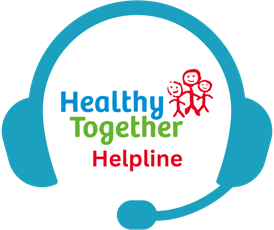After your baby is born, you’ll need to keep the umbilical stump clean and dry to prevent infection. It will come away naturally, and should then heal completely within seven to ten days.
General care of the umbilicus / belly button
How is an umbilical granuloma treated?
How to do the salt treatment
What to do if the salt treatment isn't working or you think there's an infection
Useful links
- Leicestershire Partnership NHS Trust- Umbilical Granuloma in Babies
- Institute of Health Visiting – Understanding umbilical granuloma
Leicestershire Partnership NHS Trust is responsible for the writing, publishing and updating of the content on this page.





